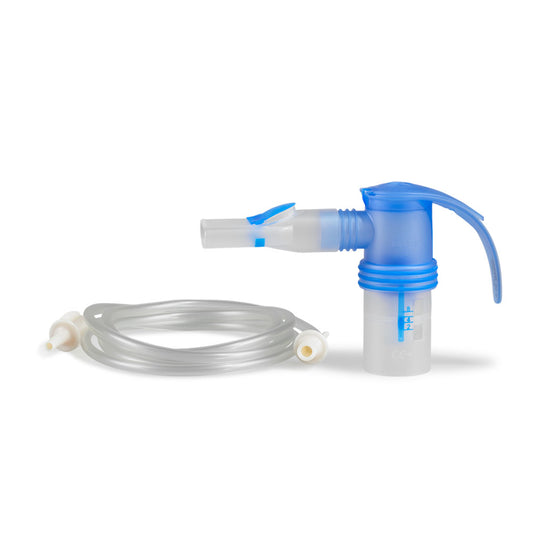Sinusitis is a common ailment that affects many individuals, characterized by inflammation of the mucous membrane that lines the sinuses. These hollow cavities within the skull – specifically the frontal, maxillary, ethmoid, and sphenoid sinuses – play a vital role in filtering and protecting the respiratory system.
Anatomy of the Sinuses
The sinuses are air-filled spaces located in the bones of the face and around the nasal cavity. They are lined with mucous membranes, similar to the inside of the nose, and are part of the upper respiratory tract. Their primary function is to produce mucus, which moisturizes the nasal passages and traps dust, dirt particles, and pathogens.
The Onset of Sinusitis
Sinusitis often develops after a cold or other respiratory infection. The mucus buildup can block the sinuses, leading to an infection characterized by symptoms such as a blocked nose, facial pain, and a reduction in the sense of smell. The inflammation can cause significant discomfort and, in chronic cases, persistent symptoms that last several weeks or more.
Moist Inhalation as Supportive Therapy
Moist inhalation therapy is a beneficial treatment in managing sinusitis symptoms. By inhaling warm, moist air, individuals can help:
- Thin the Mucus: Making it easier to expel, which can reduce blockage and promote sinus drainage.
- Soothe Inflamed Sinus Tissues: Moist air can help reduce the dryness and irritation in the sinus cavities.
- Relieve Nasal Congestion: Helping to open up the nasal passages and sinuses.
The PARI Approach to Sinus Care
PARI's inhalation devices are designed to assist in the delivery of warm, moist air directly to the sinuses. These devices help hydrate the mucous membranes and can be used with saline solutions to further aid in mucus clearance.
Cold: A Common Trigger
A common cold is often the precursor to sinusitis, leading to the inflammation and swelling of the sinus passages. This can escalate to a sinus infection if the mucus is not adequately drained.
Preventive Measures and Treatment
To prevent sinusitis, especially during a cold, it's essential to:
- Maintain Good Nasal Hygiene: Regular nasal washing or irrigation can help keep the sinuses clear.
- Stay Hydrated: Drinking plenty of fluids can keep mucus thin and flowing.
- Use a Humidifier: Adding moisture to the air can prevent the drying of the sinus passages.
- Avoid Smoke and Pollutants: These can irritate the sinuses and exacerbate symptoms.
For those already suffering from sinusitis, in addition to moist inhalation therapy, treatments may include:
- Decongestants: To reduce swelling and open the sinuses.
- Nasal Corticosteroids: To treat and prevent inflammation.
- Antibiotics: If the sinusitis is caused by a bacterial infection.
Sinusitis can be a debilitating condition, but with the right treatment strategies, including the use of PARI inhalation devices for moist inhalation therapy, individuals can effectively manage their symptoms and improve their quality of life. If symptoms persist, it is crucial to consult with a healthcare professional for proper diagnosis and treatment.




